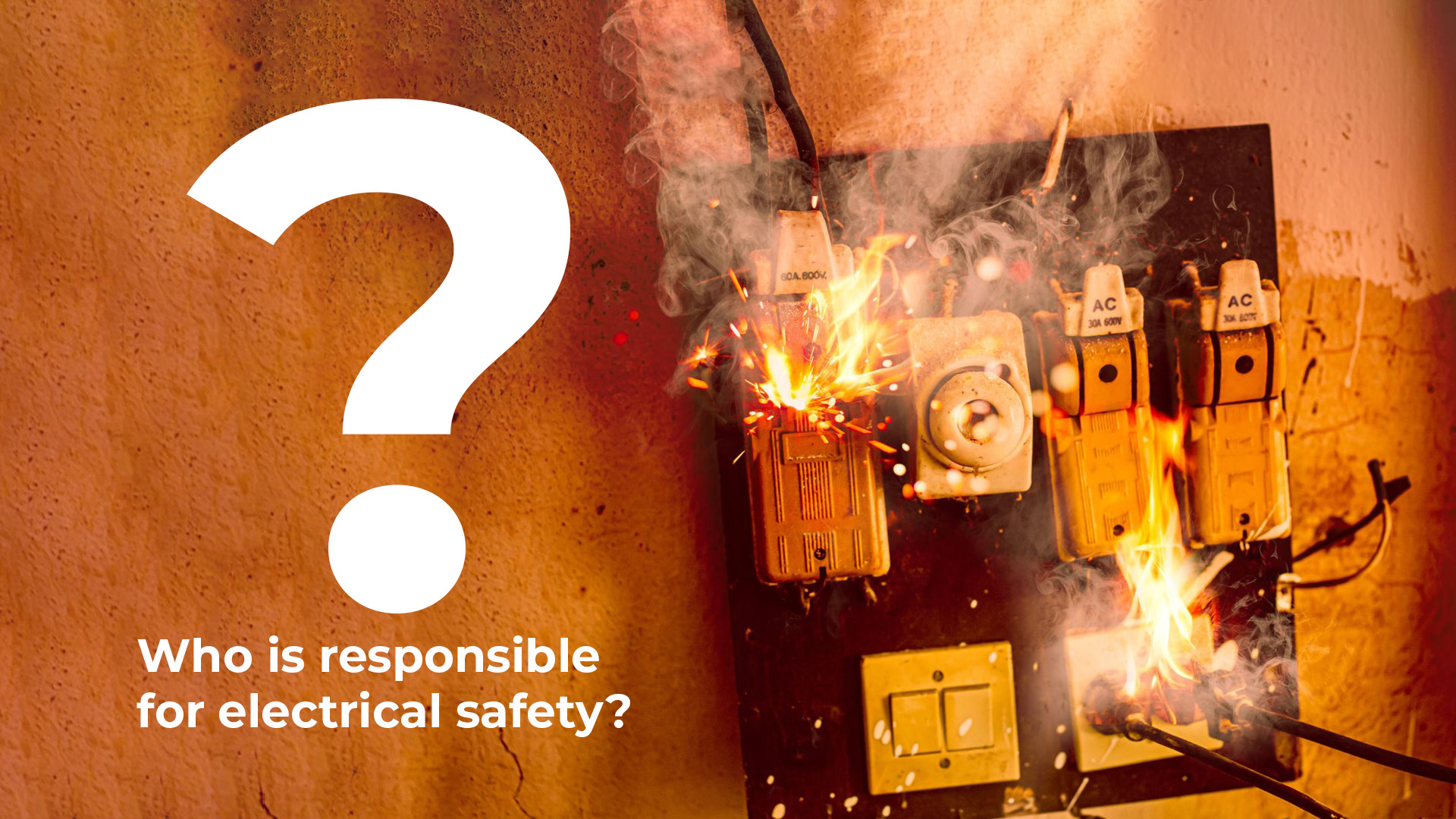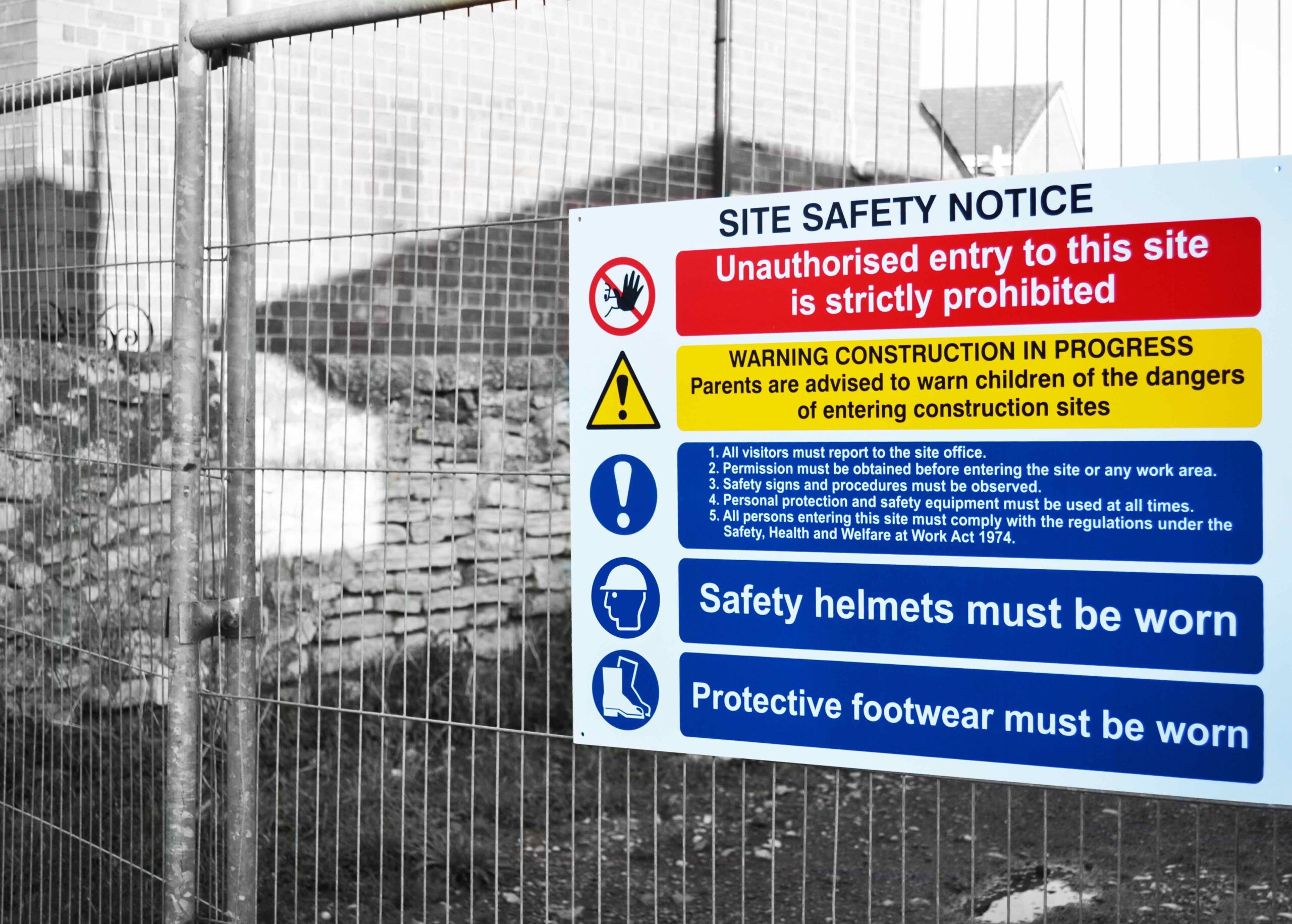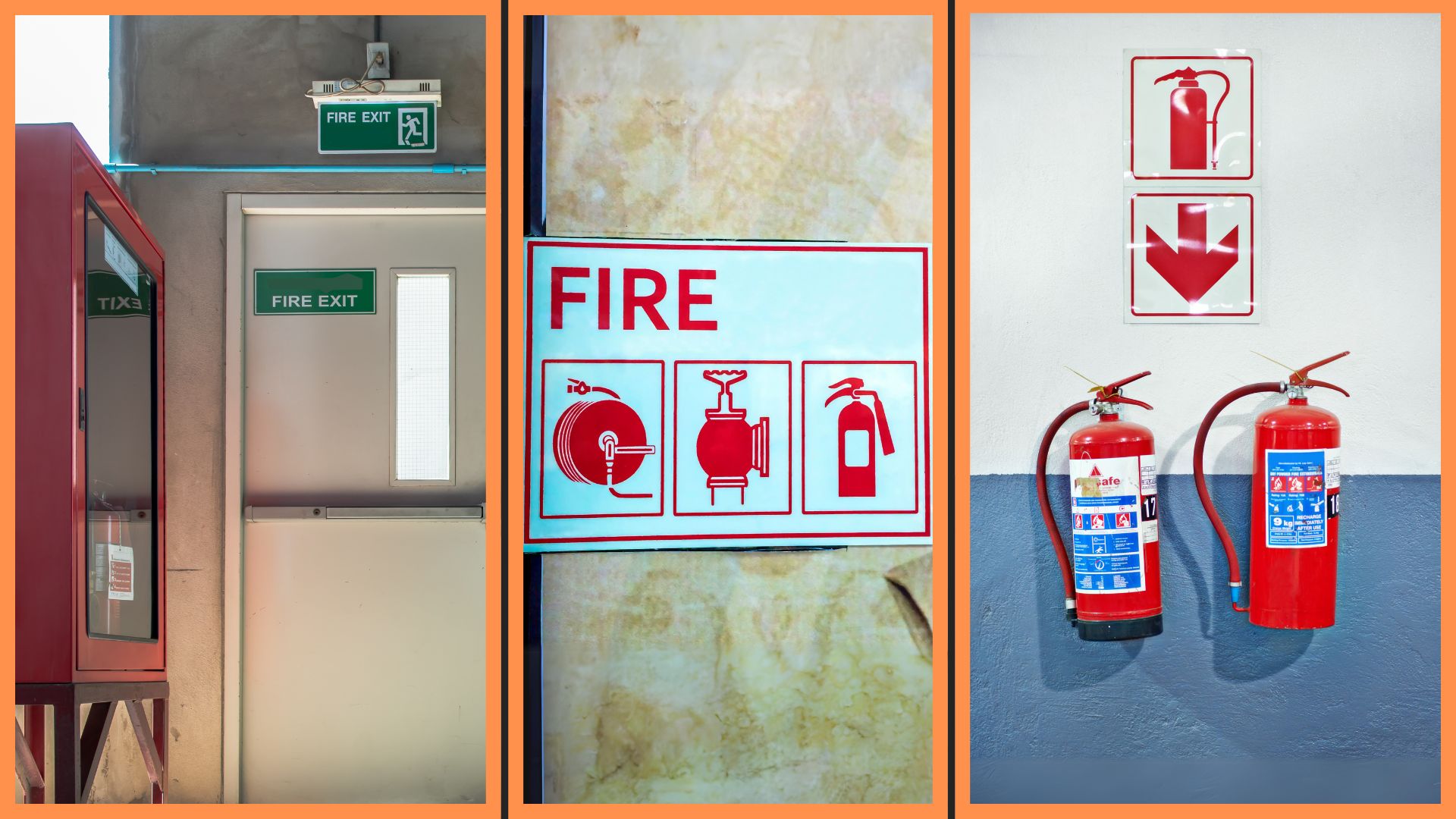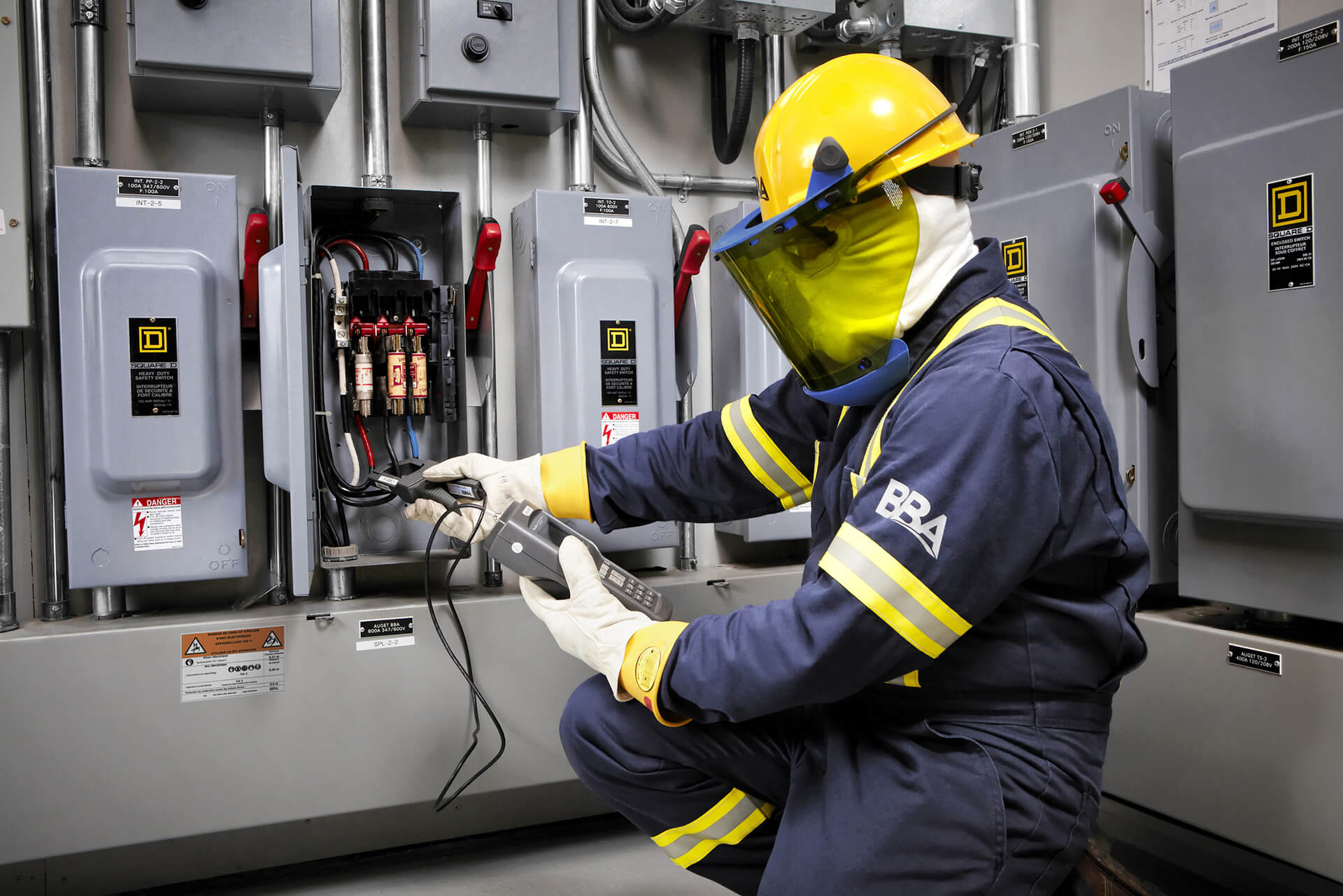Electrical safety in the workplace is a critical concern that affects not only the productivity and efficiency of businesses but also the well-being and lives of employees. In today’s modern world, where electricity powers nearly every aspect of our work environments, ensuring safety measures are in place is paramount. But who bears the responsibility for maintaining electrical safety in the workplace? Is it solely the duty of employers, or does it extend to employees as well? Let’s delve into this topic to understand the shared responsibility and human aspect behind electrical safety in the workplace.
Employer’s Responsibility:
Employers hold a significant responsibility for ensuring electrical safety within the workplace. They are legally obligated to provide a safe working environment for their employees under various health and safety regulations and standards. Specifically, when it comes to electrical safety, employers must adhere to guidelines established by organizations like the Occupational Safety and Health Administration (OSHA) in the United States or Health and Safety Executive (HSE) in the United Kingdom.
Employer responsibilities typically include:
- Risk Assessment: Employers must conduct thorough risk assessments to identify potential electrical hazards within the workplace. This involves examining electrical equipment, wiring systems, and any other sources of electrical power that could pose a risk to employees.
- Providing Training: Employers should ensure that employees receive proper training on electrical safety protocols. This training should cover topics such as how to safely use electrical equipment, recognizing warning signs of electrical hazards, and what to do in case of an emergency.
- Maintenance of Equipment: Regular maintenance and inspection of electrical equipment are essential to prevent malfunctions and potential hazards. Employers should establish protocols for the inspection, testing, and maintenance of electrical systems and equipment.
- Providing Personal Protective Equipment (PPE): Employers must supply appropriate personal protective equipment, such as insulated gloves and safety goggles, to employees who work with or near electrical hazards.
- Compliance with Regulations: Employers are responsible for ensuring that their workplace complies with all relevant electrical safety regulations and standards. This may involve keeping up-to-date with changes in regulations and making necessary adjustments to maintain compliance.
Employee’s Responsibility:
While employers have a primary responsibility for ensuring electrical safety, employees also play a crucial role in maintaining a safe work environment. Employee awareness and adherence to safety protocols can significantly reduce the risk of electrical accidents and injuries.
Employee responsibilities include:
- Following Safety Procedures: Employees must adhere to established safety procedures and protocols when working with or near electrical equipment. This includes following lockout/tagout procedures, using equipment properly, and reporting any safety concerns to their supervisors.
- Reporting Hazards: Employees should promptly report any potential electrical hazards they encounter in the workplace. This could include damaged electrical cords, exposed wiring, or malfunctioning equipment.
- Participating in Training: Employees should actively participate in electrical safety training provided by their employers. By educating themselves on potential hazards and safety protocols, employees can better protect themselves and their co-workers.
- Using Personal Protective Equipment: Employees must use the personal protective equipment provided by their employers correctly. This may include wearing insulated gloves, safety goggles, or other protective gear when working with electricity.
- Engaging in Continuous Improvement: Employees should continuously strive to improve their understanding of electrical safety practices and stay informed about updates or changes in safety regulations.
Shared Responsibility and Human Aspect:
While there are distinct roles and responsibilities for both employers and employees concerning electrical safety, it’s essential to recognize that ensuring a safe work environment is a shared responsibility. Employers and employees must work together collaboratively to identify and mitigate electrical hazards effectively.
Beyond the legal obligations and regulatory requirements, there’s a human aspect to electrical safety in the workplace. Every individual’s well-being is at stake, and preventing accidents and injuries should be a collective goal driven by empathy and care for one another.
Employers should prioritize the safety and well-being of their employees, viewing them not just as workers but as valued members of a community. Investing in proper training, maintenance, and safety measures demonstrates a commitment to the health and safety of the workforce.
Likewise, employees should take personal responsibility for their safety and the safety of their co-workers. By being vigilant, reporting hazards, and actively participating in safety initiatives, employees contribute to creating a culture of safety within the workplace.
In conclusion, electrical safety in the workplace is a multifaceted issue that requires a shared responsibility between employers and employees. While employers bear the primary legal responsibility for providing a safe work environment and complying with regulations, employees also play a vital role in maintaining safety through their actions and adherence to protocols.
By fostering a culture of safety, based on mutual respect, communication, and accountability, workplaces can significantly reduce the risk of electrical accidents and injuries. Ultimately, prioritizing electrical safety is not just about legal compliance but about valuing the lives and well-being of everyone in the workplace community.
buysafetyposters.com is dedicated to furthering the cause of electrical safety in the workplace by offering a wide range of informative and visually engaging safety posters and signs. Our collection includes a variety of electrical safety posters and signs designed to raise awareness, reinforce safety protocols, and promote best practices among employees. With our diverse selection, businesses can easily find the right posters and signs to complement their safety initiatives and enhance their workplace safety culture. At buysafetyposters.com, we believe that effective communication is key to preventing accidents and injuries, and our products serve as valuable tools in educating and reminding workers about the importance of electrical safety.



